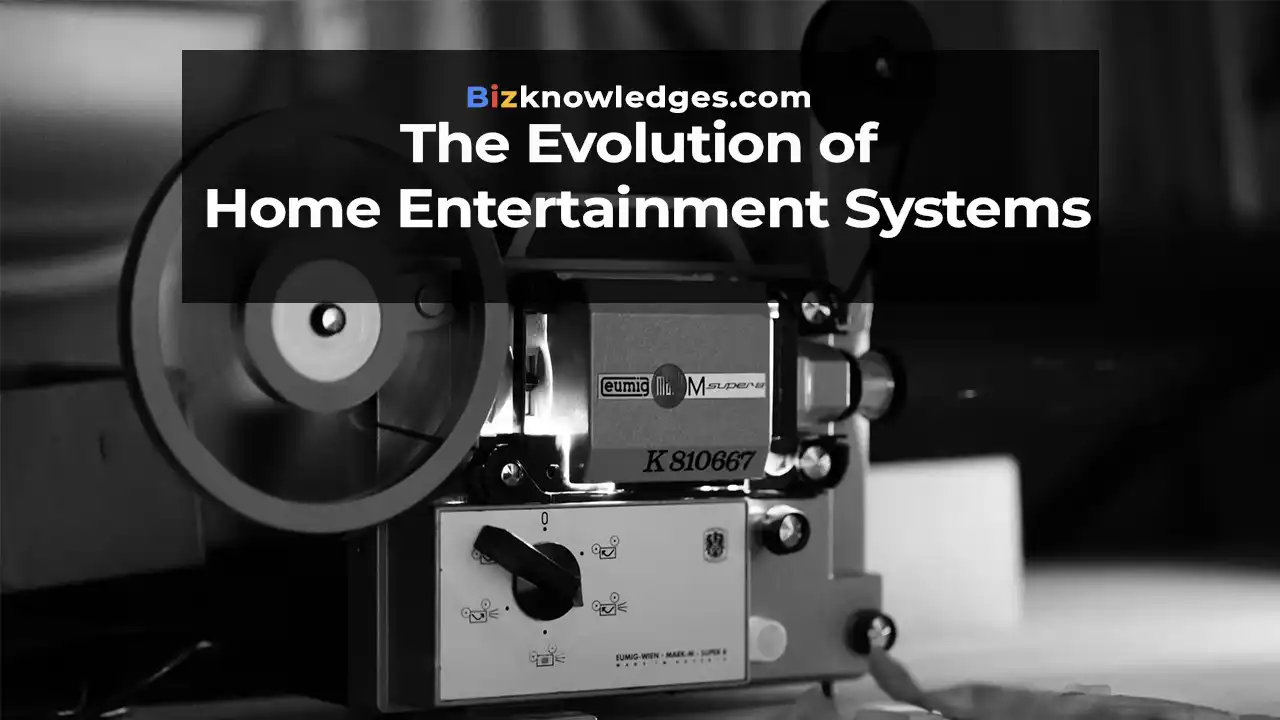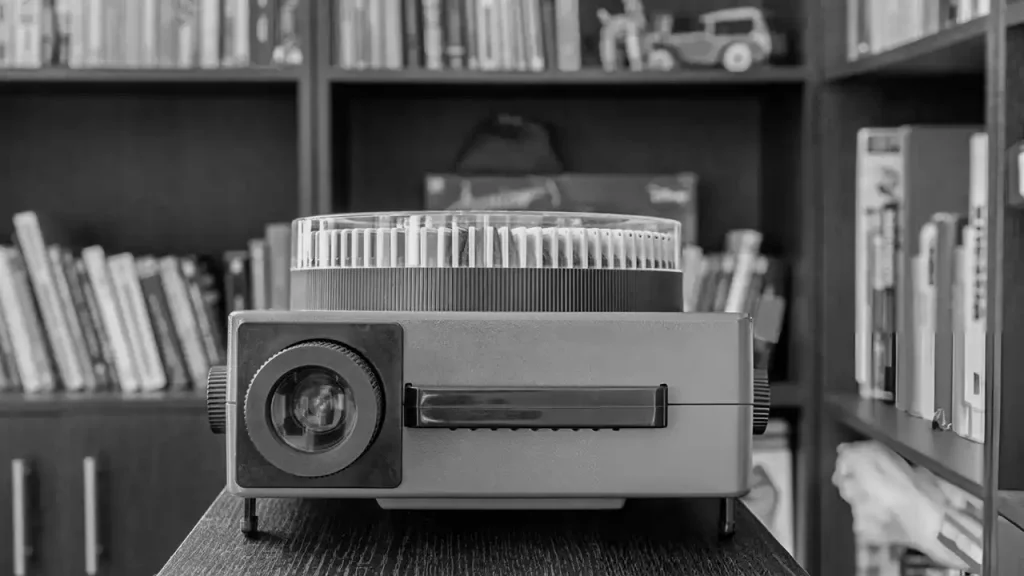The Evolution of Home Entertainment Systems

Home entertainment systems have come a long way since their inception, evolving with technological advancements and changing consumer preferences. From the clunky VCRs of the 1980s to today’s sleek smart TVs and streaming platforms, the journey reflects not just a shift in technology but also a transformation in how we consume and enjoy media. This article explores the evolution of home entertainment systems, highlighting key milestones and offering insights into preserving memories from earlier eras.
The VHS Era: The Beginning of Home Videos
The introduction of the Video Home System (VHS) in the late 1970s marked a revolutionary moment in home entertainment. For the first time, families could record television programs and enjoy movies in the comfort of their living rooms. The VHS era democratized media consumption, making it accessible to a broader audience. Video rental stores boomed, offering a plethora of films and TV shows for rental. The VHS tape became a staple in homes across the globe, encapsulating an era of family movie nights and personal video collections.
The Transition to Digital Formats
As technology advanced, the transition from analog to digital formats began, offering superior picture and sound quality. This shift was driven by the development of DVDs and later Blu-ray discs, which provided a more durable and higher-resolution alternative to VHS tapes. For many, this transition also meant confronting a new challenge: preserving old VHS collections.
As you move towards digital formats, it’s an excellent opportunity to digitize your old VHS-C tapes and other VHS recordings. Doing so ensures that your cherished memories are preserved in a modern, accessible format. Whether for personal nostalgia or sharing with family, converting VHS to digital format provides a practical solution for safeguarding your video archives.
The Rise of Digital Media and Streaming
With the advent of DVDs, Blu-rays, and eventually digital downloads, the home entertainment landscape underwent another significant transformation. Streaming services like Netflix, Hulu, and Amazon Prime Video have revolutionized how we access and consume media.

No longer constrained by physical media, viewers can instantly access a vast library of movies and TV shows from their devices. The rise of digital media has also spurred the development of smart TVs and home theater systems, offering users an integrated and immersive entertainment experience.
Modern Home Entertainment: Integration and Innovation
Today’s home entertainment systems are a testament to technological innovation and integration. Smart TVs serve as hubs for streaming services, gaming, and even home automation. Voice-controlled assistants and smart speakers enhance the viewing experience by allowing users to control their systems with simple commands.
Additionally, advancements in 4K and 8K resolution, along with surround sound technologies, create an unparalleled viewing and listening experience. The seamless integration of various technologies ensures that home entertainment continues to evolve, meeting the diverse needs and preferences of modern audiences.
The Evolution of In-Flight Entertainment
In-flight entertainment (IFE) has significantly transformed over the decades, paralleling advances in technology and shifts in passenger expectations. Initially, entertainment on flights was limited to shared screens showing a single movie to all passengers. However, the industry quickly innovated, introducing personal screens and a variety of content options, including movies, TV shows, music, and games. Modern IFE systems offer passengers a personalized experience with high-definition screens, noise-canceling headphones, and even internet connectivity, ensuring a pleasant and engaging journey.
Gaming Consoles and Entertainment Systems
Gaming consoles have played a pivotal role in the evolution of home entertainment, driving technological advancements and changing how we interact with media. From early systems like the Atari 2600 and Nintendo Entertainment System (NES) to contemporary consoles such as the PlayStation 5 and Xbox Series X, gaming consoles have continuously pushed the boundaries of graphics, processing power, and user interactivity. Modern consoles are more than just gaming devices; they are complete entertainment hubs, offering streaming services, social connectivity, and immersive virtual reality experiences. This integration has made gaming consoles central to home entertainment setups, catering to a diverse range of entertainment preferences.
Conclusion
The evolution of home entertainment systems reflects broader technological trends and changing consumer habits. From the VHS era to the current digital age, each phase has brought new ways to enjoy and engage with media. As we embrace the latest innovations, it’s also important to preserve the past. Digitizing old VHS tapes allows us to keep cherished memories alive and accessible.
Whether you’re reminiscing about family movie nights or exploring the latest streaming options, the journey of home entertainment continues to enrich our lives in ever-evolving ways.
